Making your way through the extreme complications of medical billing and getting reimbursed fully is the task for the brave. The complex world of medical billing is a tough nut to crack with a variety of codes, strict provisions, and potential losses. Still, understanding these complexities is important because this is the only source of revenue for healthcare organizations.
Physical therapy billing is no different in terms of complexities and it requires following various billing and coding guidelines. Getting well-versed with all the CPT codes in Physical therapy is crucial for every healthcare practitioner. This is important, not only for ensuring accurate payment reimbursements but also for a healthy revenue cycle.
In this blog we will learn about the key elements required for Physical therapy billing and the errors one must avoid.
Let’s start with the basics!
Basics of Physical Therapy Billing
Physical Billing therapy codes are pre-determined codes which are used to explain the services and treatments rendered during the therapy. These codes are important as insurance companies use these codes to determine appropriate reimbursements for every service.
There are two major types of codes in Physical therapy billing which are ICD-10 codes and CPT codes.
ICD-10 Codes
International Classification of Diseases, Tenth Revision Codes (ICD-10). It is a standardized system used to code diseases and medical conditions (morbidity)data. ICD-10-CM builds on ICD-10 is the system used to code causes of death & death certificates.
CPT Codes
Current procedural Terminology (CPT) codes describe the procedures and services rendered to the patient during a therapy session. They provide detailed information about the type of therapy performed and the time taken by the session. CPT codes are hence essential for accurate billing and reimbursement.
Commonly Used CPT Codes
Evaluation Codes
Physical Therapy begins with evaluation that sets the stage for a treatment plan. A variety of codes are used based on the complexity.
- 97161: Low Complexity
- 97162: Moderate complexity
- 97163: high complexity
- 97164: Physical therapy re-evaluation
Treatment Codes
After the evaluation is complete, the physical therapist will perform a variety of services or treatments. Each treatment has its corresponding CPT codes. Lets learn about some of the most common codes:
97110: Therapeutic Exercise
These codes refer to strength, endurance, flexibility and range of motion exercises. This service is billed in 15-minute increments after 8 minutes of service. The therapist will bill only for one unit unless the service exceeds 22 minutes. Direct patient contact is important for this physical CPT code. It is often mistaken for a therapeutic activity, but there is a difference. Therapeutic activities require greater skills, and the reimbursement is also higher.
97112: Neuromuscular Re-Education
Neuromuscular re-education includes exercises to gain brain-muscle control. This billing is done in15-minute units, complying with the 8-minute rule. The ultimate goal is to improve posture, movement, balance, coordination, proprioception, and kinesthetic sense in sitting and standing activities.
97116: Gait Training
Gait training includes a set of exercises designed to help the patient with walking and standing capabilities. The final goal is to strengthen the leg muscles and joints which improves balance and posture increasing the endurance of patients.
Moreover, this focuses on enhancing the muscle memory and retraining your leg movements with consistency.
97140: Manual Therapy
Manual Therapy is hands-on mobilization by an expert therapist or supervised assistant. The ultimate objective is to improve joint and soft tissue mobility, boost muscle energy and reduce joint contracture. This is done by using resistance and pressure including “manual resistance exercise” to enhance muscle strength, endurance, and energy.
97530: Therapeutic Activities
This code includes the services that involve direct patient contact for improving the muscles and other tissues. These exercises require strength, balance and flexibility which helps in developing muscle memory due to their repetitive nature. This procedure can only be done by an expert physical therapist who can guide patient movements while preventing injuries with proper technique.
Tips for Optimizing Physical Therapy Billing
Accurate and Detailed Documentation
Accuracy is the foundation of effective billing in every healthcare organization. It must include detailed notes on the treatment provided, the necessity of therapy, and the duration of services. The documentation must reflect the progress made during every session.
Use Precise Modifiers
Proper use of CPT code with modifiers is important in physical therapy billing. Common modifiers such as Modifier 59 and modifier KX must be used with precision to prevent claim rejections. Make sure that Modifier 59 is applied only when procedures that are generally bundled together are performed separately.
Stay Updated with CPT and ICD-10 Codes
CPT and ICD-10 codes are updated quite frequently. Regularly reviewing and updating your coding system ensures that you are using the most current codes. This is a great practice to always be in compliance. Work with certified coders and stay updated with all the changes in the billing and coding industry.
Conduct Regular Audits
Regular coding audits help healthcare organizations to maintain the accuracy of physical therapy billing. One must also regularly review claims to identify common coding errors, undocumented services, or improper use of modifiers. Rectify the errors immediately and provide feedback to your billing staff.
Verify Patient Eligibility
Before the treatment begins verifying the patient’s insurance coverage which includes deductibles, therapy caps, and co-pays. Understanding a patient’s insurance benefits ensures that billing is done within the insurance regulations. This reduces the chance of any sort of errors. You can also use verification tools or work directly with insurers to ensure accurate benefits verification.
Ensure Compliance with Insurance Guidelines
Different insurers have different billing and coding guidelines. Be it Medicare, Medicaid or any private payor, they all have separate billing requirements. Understand the requirements of each payor including the guidelines for billing time-based services, use of modifiers, and annual therapy caps. Keep track of all the updates related to Medicare’s Medically necessary criteria and local coverage determinations. This makes sure that all the services are covered.
Train and Educate the Billing Staff Continuously
Make sure that your billing staff is regularly trained about the latest coding guidelines, documentation standards, and payor requirements. Regular training sessions help your staff stay updated with all the guidelines and prevent costly errors. You must partner with expert coders who have specialized knowledge of physical therapy billing.
Streamline Denial Management
Create an efficient system for managing denials. When the claims are denied, investigate the root cause if it is because of incorrect coding, missing documentation, or lack of medical necessity. Address the issues actively and resubmit the claim within the provided time frame. Denial patterns must be analyzed thoroughly to prevent any future occurrence.
Partner with Professionals
If your practice has a high volume of patients or complex needs, outsourcing it to professional billing and coding companies is a great practice to keep your revenue cycle up and running. These companies have the expertise, staff, and technology to ensure compliance with policies and maximize revenue.
Bottomline
These practices have been proved to be very beneficial for healthcare practices. You will find it very relaxing as all you will have to focus on is your practice and improving patient care. This will also keep you updated about all the billing and coding guideline changes.
Unify Healthcare services is a company that provides medical billing and management services. It is a well-established name in the medical billing industry with a huge list of satisfied clients. The expert coders and billers ensure that all your claims are accurate and get you reimbursed for every single treatment or service you offered.
Unify Healthcare Services takes care of all the documentation and billing requirements. This gives you more time to invest in better patient care. Ultimately this is what increases the footfall of your practice and enhances your revenue.


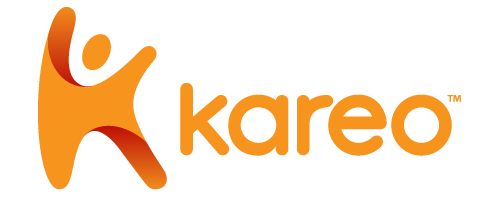





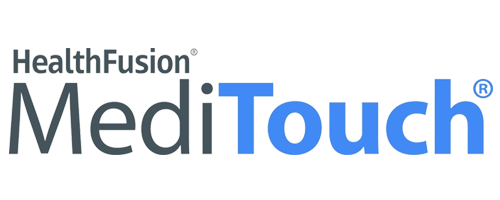



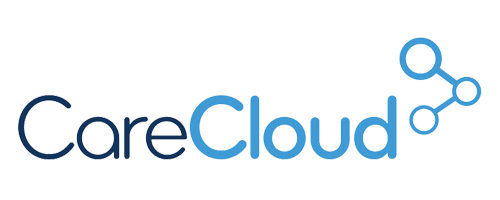

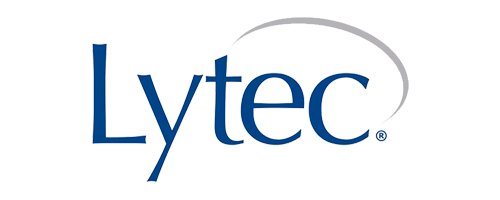

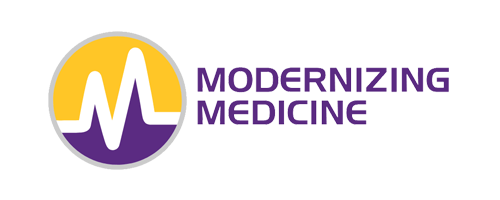



.webp)
 1.jpg)






